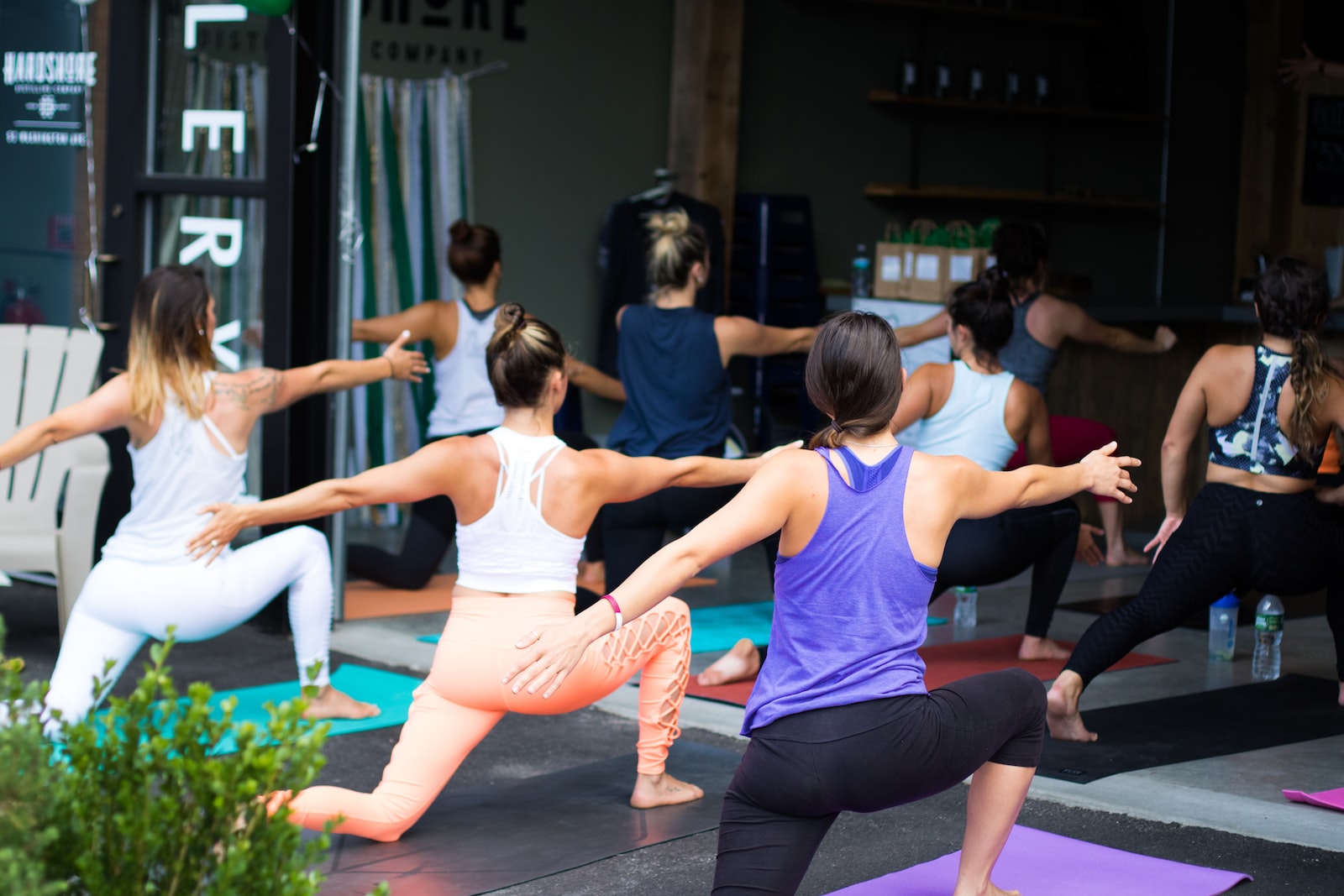Knee pain is a very common problem, especially as people get older. Due to the complexity of the human knee, the pain can make it difficult to do the things you enjoy, and it can also be quite uncomfortable.
Thankfully, there are several ways to relieve knee pain, so let’s look at seven of the best.
Knee arthroscopy
This is a minimally invasive procedure that can be used to diagnose and treat several knee issues, including cartilage damage. During the knee arthroscopy, the surgeon inserts a tiny camera called an arthroscope into the knee joint allowing them to see and work on any problem areas from the inside. It is an effective treatment for removing damaged tissue and relieving knee pain.
Additionally, the surgeon may use the arthroscope to repair a torn meniscus (cartilage), remove loose pieces of cartilage or bone from within the joint, correct any alignment issues in the knee, or drain fluid from the knee.
Physical Therapy
Working with a trained physical therapist can help to strengthen the knee joint, increase the range of motion, and improve the alignment of the surrounding muscles and ligaments. Your physical therapist will begin with a comprehensive assessment that looks at your overall strength and flexibility.
They will then create an individualized program tailored specifically to you and your needs. This may include exercises to stretch tight muscles or strengthen weak ones, as well as treatments such as ultrasound, ice, and heat therapy.
For instance, exercises that increase the strength of your quadriceps and hamstrings can help to take pressure off the knee joint while activities such as stationary cycling can help to improve blood flow and reduce swelling.
Corticosteroid Injections
In some cases, your doctor may recommend an injection of corticosteroids into the knee joint to reduce swelling and inflammation. However, these injections are typically only recommended for short-term relief and should not be used as a long-term solution because the side effects may outweigh the benefits in some cases.
For example, corticosteroid injections can weaken the tendon and cartilage in the knee over time, and may also increase the risk of infection. It’s important to discuss the pros and cons of corticosteroid injections with your doctor before deciding if this is the best course of action for you.
Bracing
Using a brace or wrap on the knee can provide extra support and stability while walking or participating in physical activities. This can help reduce pain and prevent further injury by limiting the range of motion in the knee. For example, a simple wrap can provide compression and warmth to help reduce swelling while still allowing you to move your knee.
Braces are available in various sizes, and shapes, and depending on your particular needs, your doctor may recommend a hinged or unhinged brace with adjustable straps that helps support the knee joint during activities such as walking or running
Weight Management
Excess body weight can place additional strain on the knee, so maintaining a healthy weight is essential for keeping your knees healthy and pain-free. Losing even just 5-10% of your body weight can significantly reduce the amount of stress placed on your joints when bearing weight.
In addition to diet, regular exercise is also important for weight management and can even help to improve knee pain. Low-impact activities such as swimming, yoga, or biking are good choices as they don’t put too much strain on the joints, but provide enough exercise to keep your body healthy.
Medications
Non-steroidal anti-inflammatory drugs (NSAIDs) such as ibuprofen and naproxen can help reduce swelling and pain in the knee joint. While these medications are effective for short-term relief, they should not be taken regularly as long-term use can cause serious side effects.
On the other hand, your doctor may recommend stronger medications such as narcotic pain relievers if the pain is more severe. These medications are typically used for a short period until other treatments begin to take effect. It’s important to talk to your doctor about any possible side effects before taking these medications.
Alternative Treatments
In addition to the treatments mentioned above, some alternative therapies may help to reduce knee pain. Acupuncture is one such therapy that has been used for centuries in traditional Chinese medicine as a way to reduce inflammation and promote healing in the body.
Other alternative treatments such as massage, chiropractic care, or yoga may also help to reduce knee pain. It’s important to talk to your doctor before trying any of these therapies so that they can assess whether it is an appropriate treatment for your condition.
No matter what type of treatment you choose, it’s important to remember that the goal is not just to reduce the pain, but to also improve and strengthen the knee joint so that it can better support your body in the future. With proper care and treatment, you can keep your knees healthy and free from pain while still enjoying your favorite activities.


